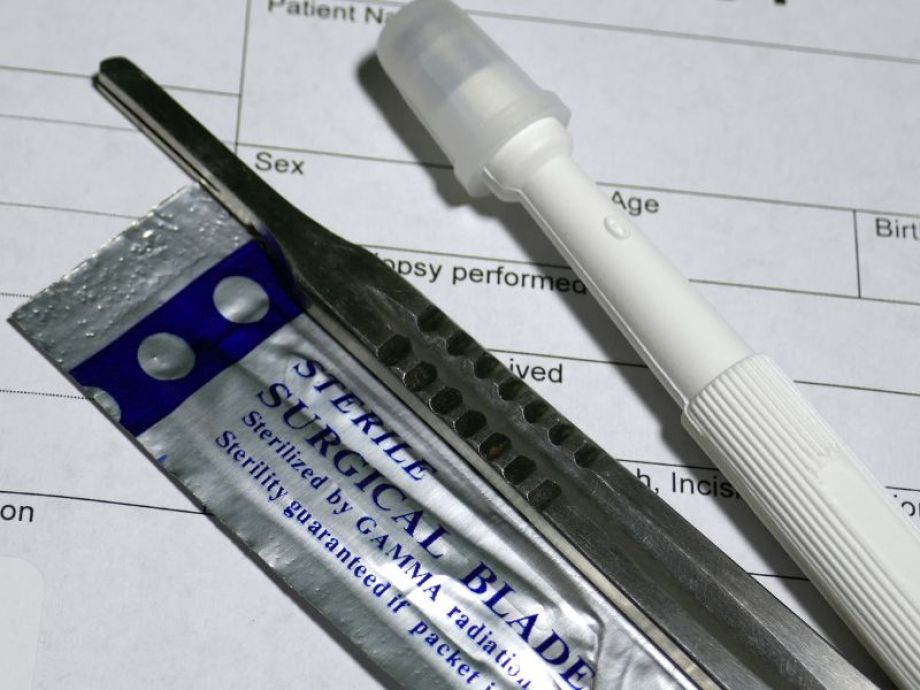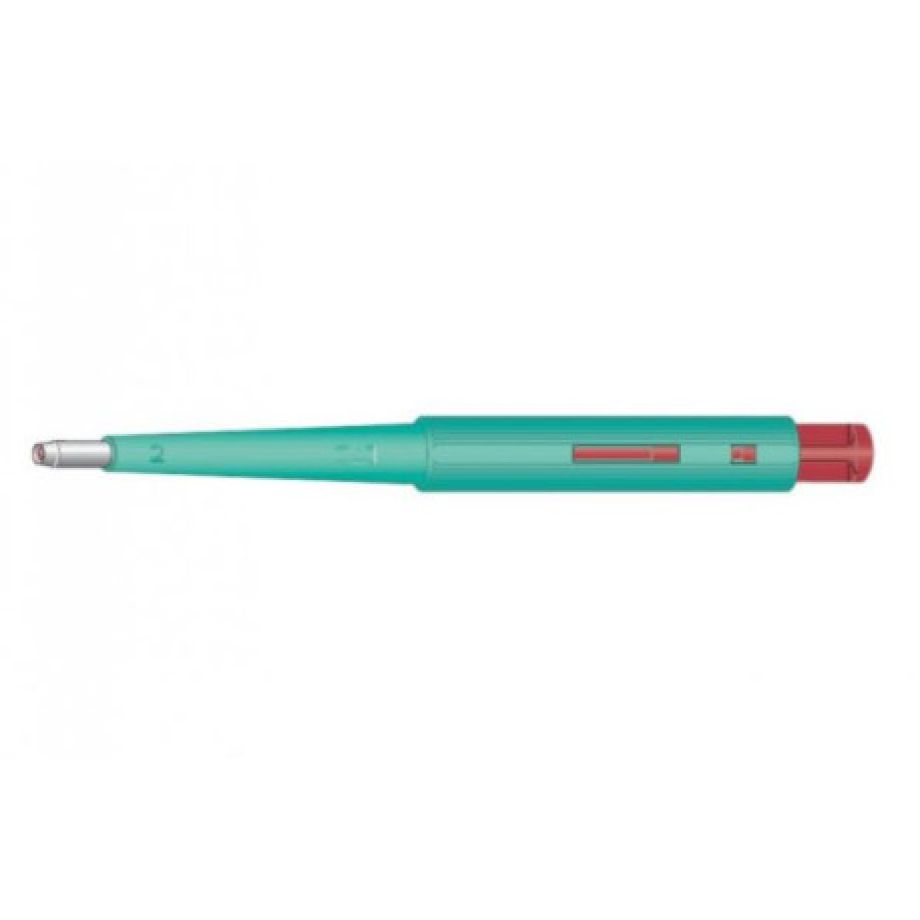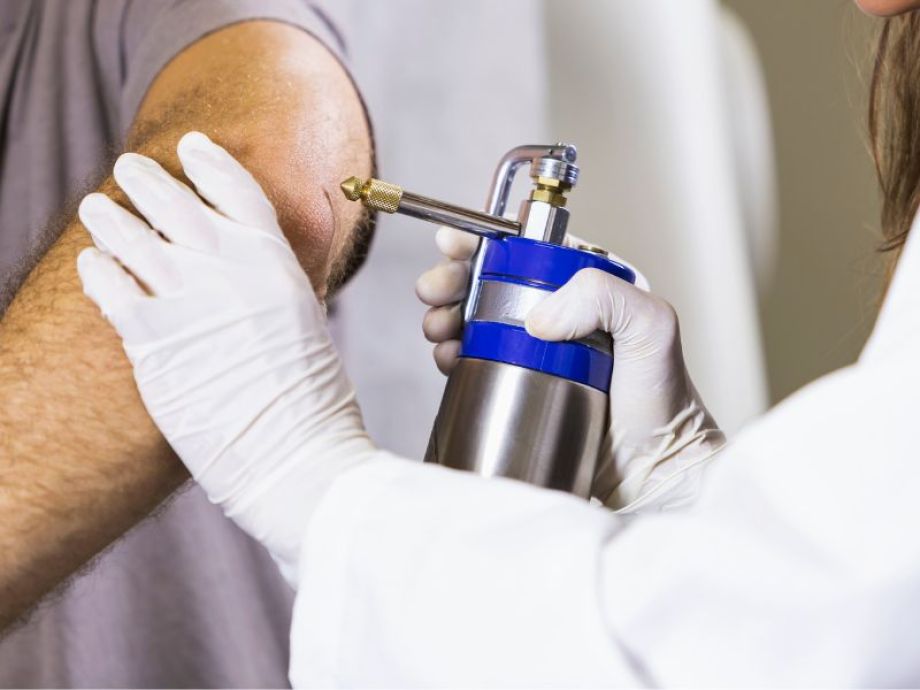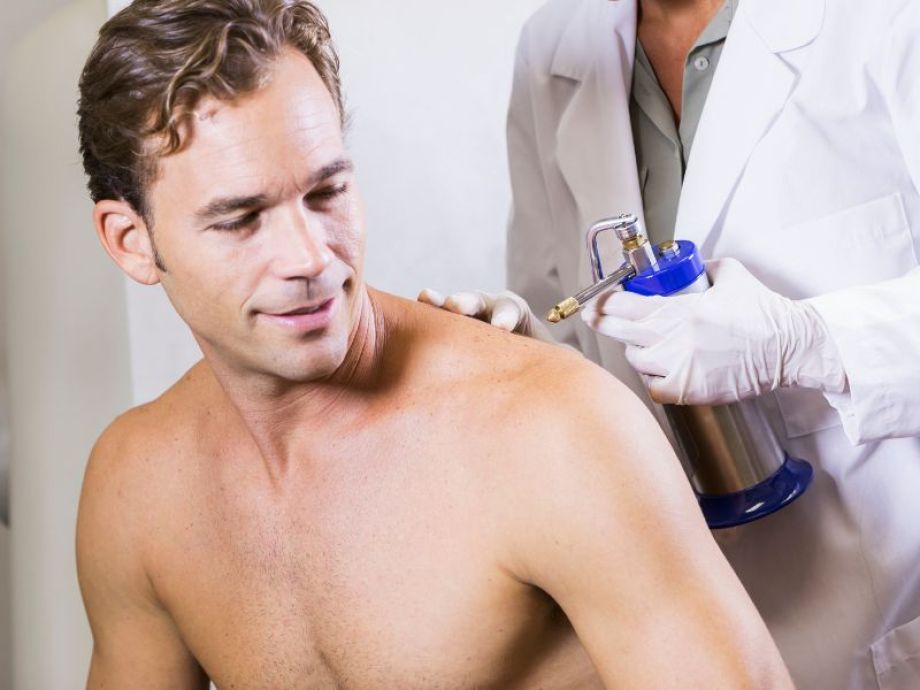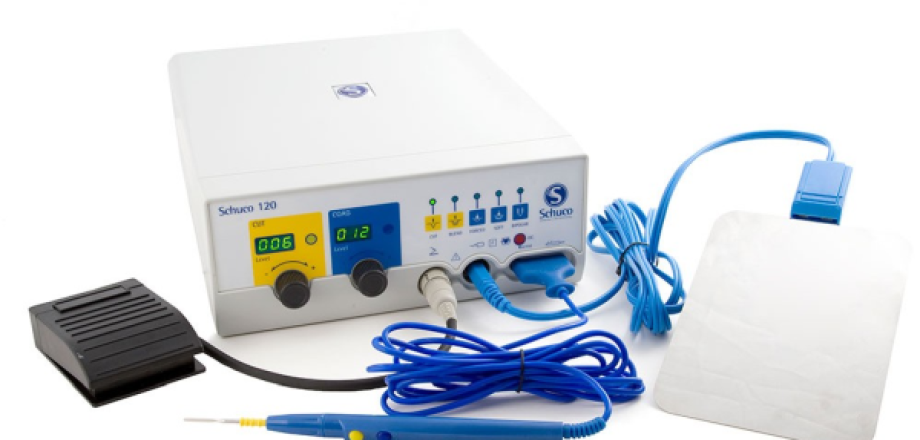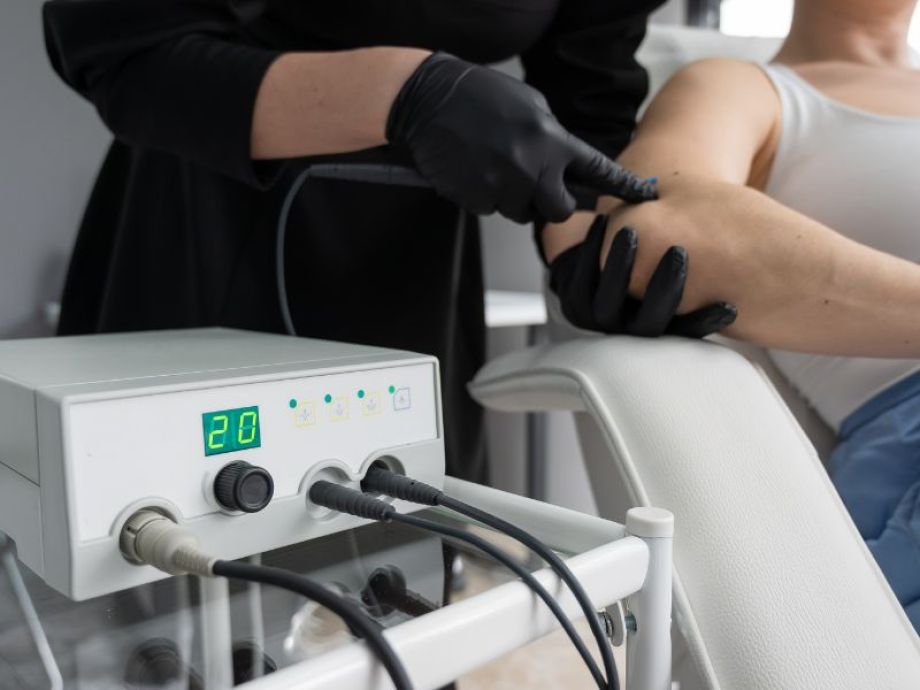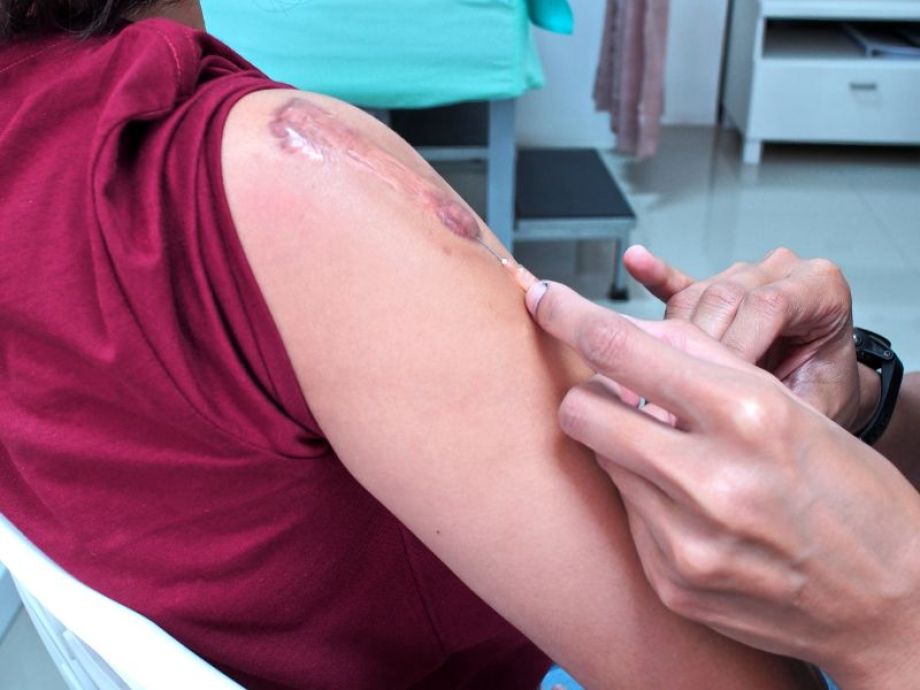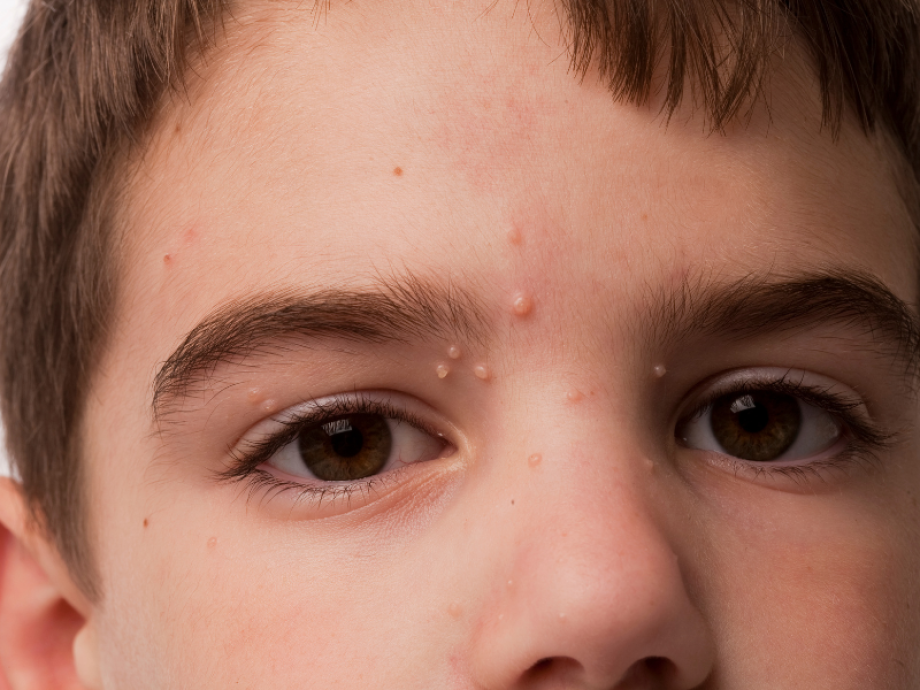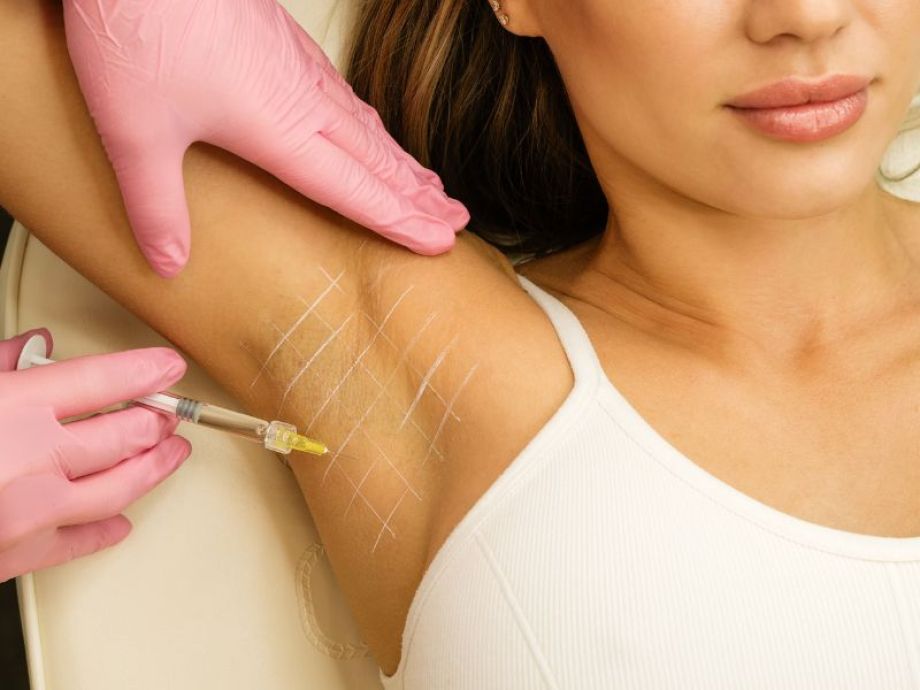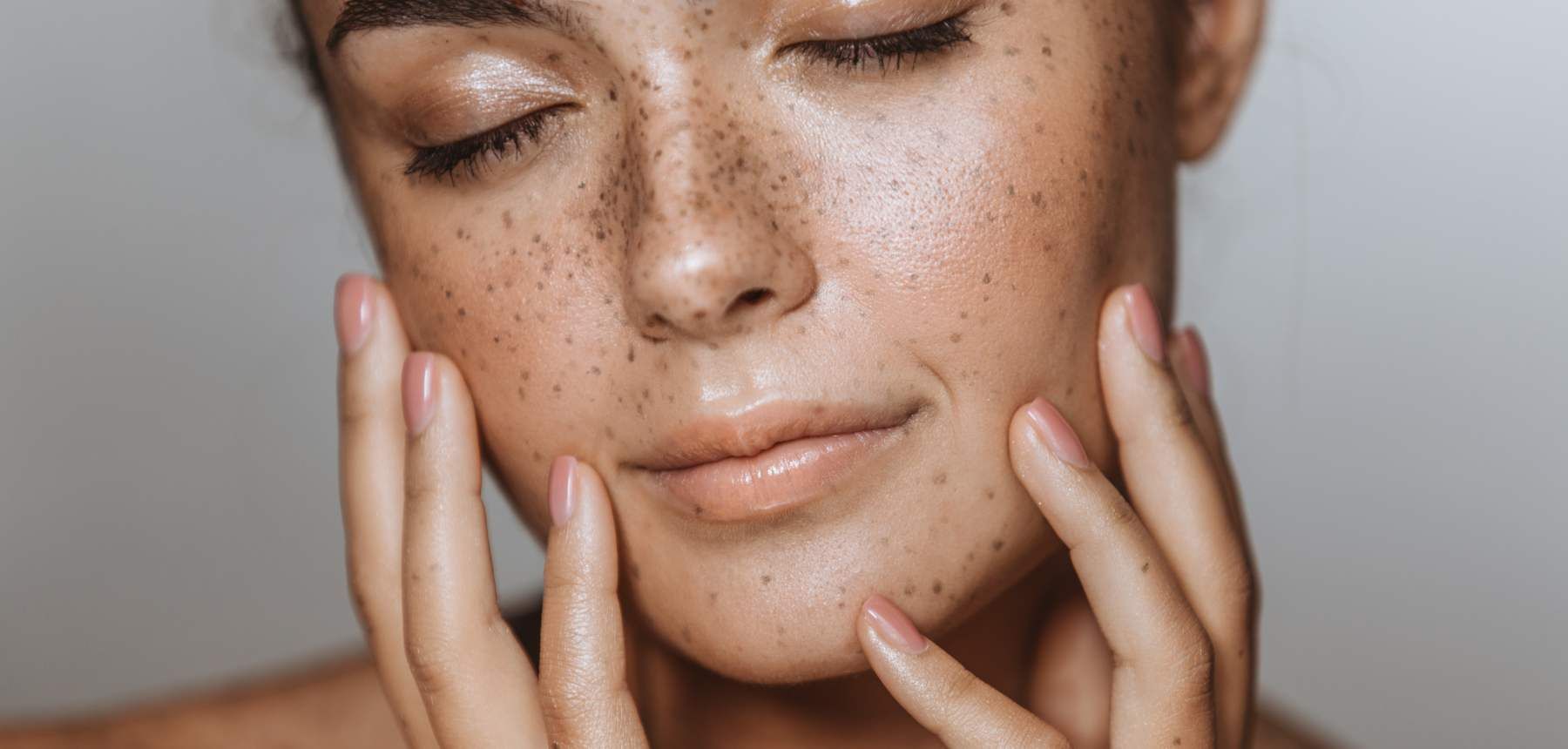
Medical Treatments
Skin Biopsies
Skin biopsies are performed under local anesthesia, typically involving the removal of a cylindrical skin fragment measuring 4 to 5 mm in diameter, followed by a small suture (usually two stitches).
The skin fragment is preserved in formalin and sent to the Pathology Laboratory, where it is processed and examined under a microscope. The information obtained is crucial for the definitive diagnosis of skin lesions. It is especially useful for inflammatory dermatoses where clinical observation alone is insufficient for diagnosis and for larger tumors requiring a definitive diagnosis prior to complete excision or other treatments.
Cryotherapy with Liquid Nitrogen
Liquid nitrogen is kept at a very low temperature and acts by freezing the lesions, leading to their destruction. Its application is localized and directed specifically at the lesions to be treated.
It is most commonly used for the treatment of Actinic Keratoses (precancerous, rough lesions frequently found on sun-exposed areas of the skin in elderly individuals) and in some types of carefully selected skin tumors with specific indications. It is also used for warts, papillomas, and other small lesions. Anesthesia is not required.
Electrocoagulations and Curettage
A simple treatment performed under local anesthesia, most commonly used for pedunculated fibromas ("skin tags"), seborrheic keratoses, and small angiomas ("blood spots").
Intralesional Corticotherapy
The administration of corticosteroids is used for certain types of alopecia, such as Alopecia Areata ("bald spots") and Frontal Fibrosing Alopecia, as well as in keloids (thick scars).
The medication is prepared in different dilutions and injected directly into the lesions. Typically, several sessions are required, with the intervals between sessions depending on the condition being treated.
This method of corticosteroid use allows for a higher concentration of the medication in the targeted area while reducing systemic absorption and minimizing potential systemic side effects.
Molluscum Contagiosum Removal
Molluscum Contagiosum are viral lesions more commonly found in children, and they are typically treated by removal with forceps after applying an anesthetic cream.
Botulinum Toxin
Axillary Hyperhidrosis
Hyperhidrosis is a benign condition characterized by excessive sweating beyond the amounts needed to regulate body temperature. The most commonly affected areas are the armpits, palms, soles, and face, though it can affect any area.
It has a significant impact on the quality of life of those affected, as it causes difficulty in performing many daily activities involving the hands and feet, as well as unpleasant situations where clothes may become frequently damp or stained.
Botulinum toxin is an effective treatment for hyperhidrosis, significantly reducing sweat production. It is administered through small injections, but the effect is temporary, requiring reapplications every six months. Despite the transient effect, the improvement in quality of life is very significant.


